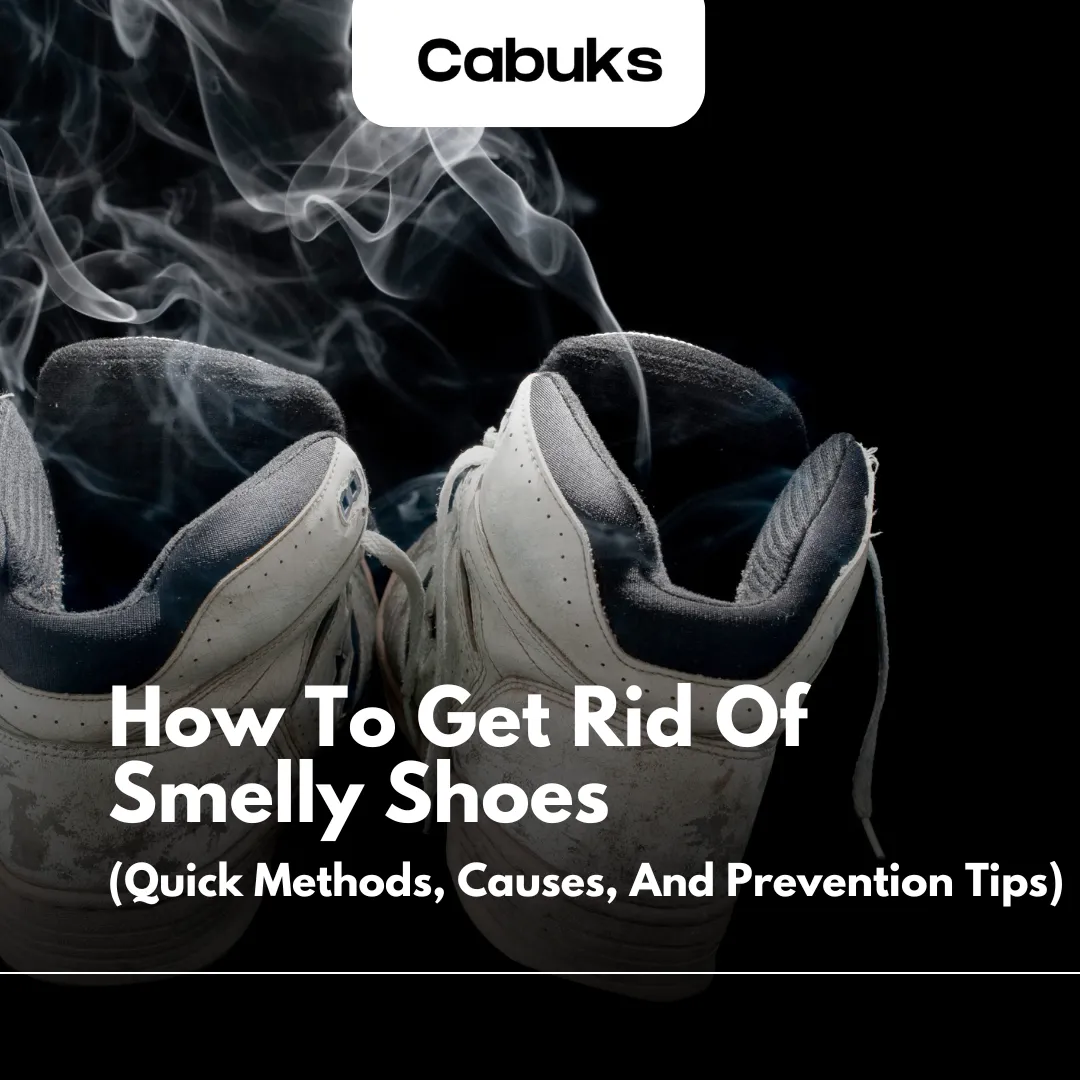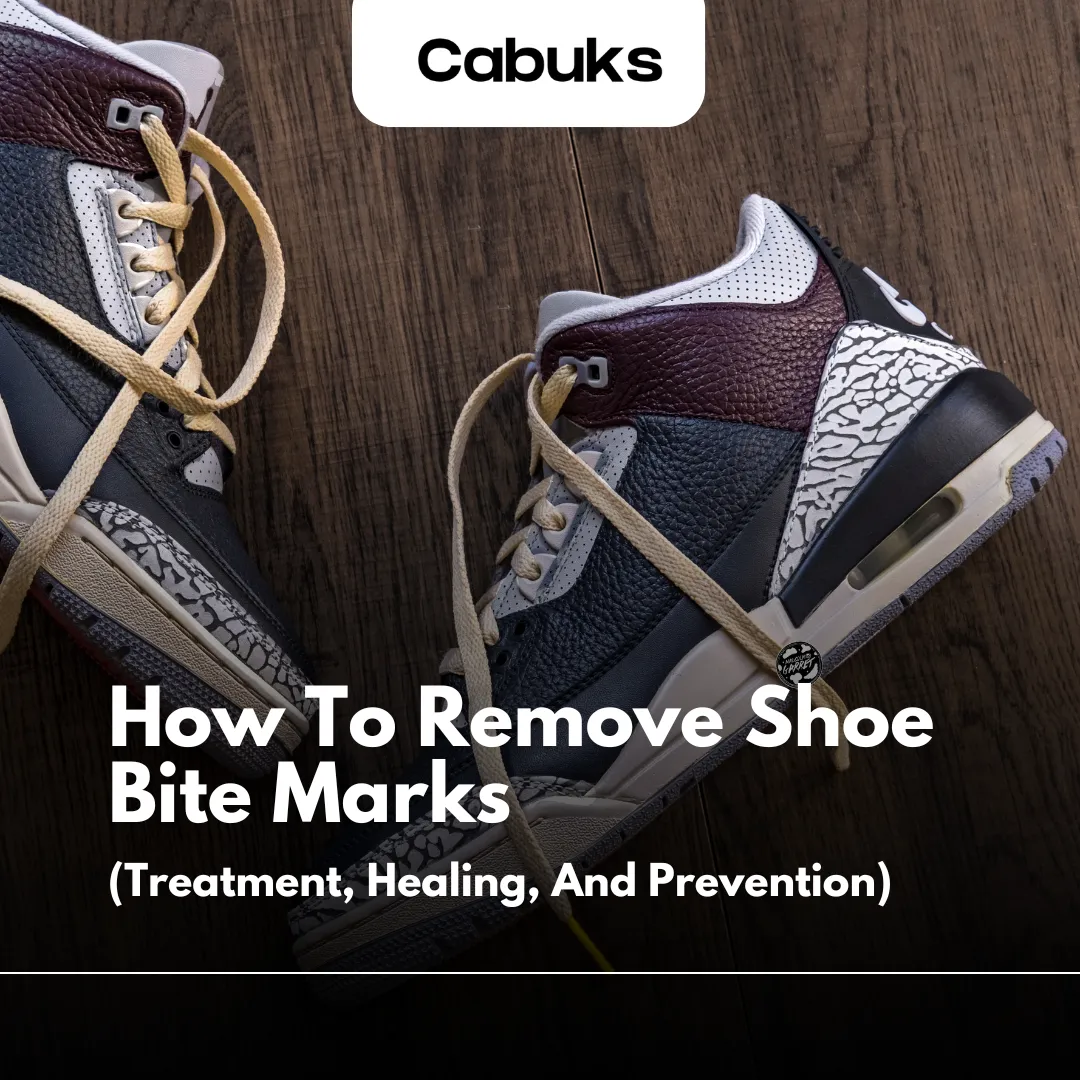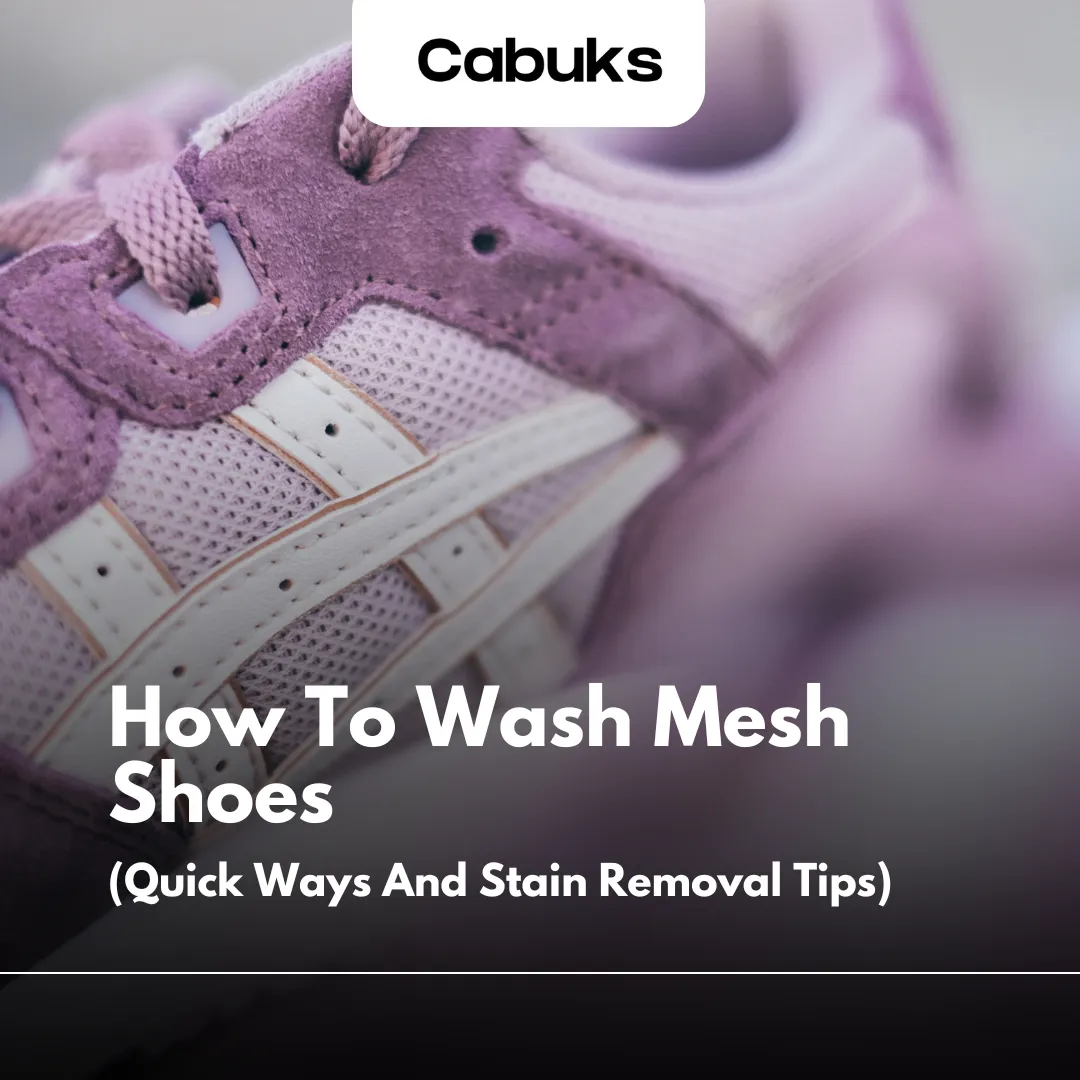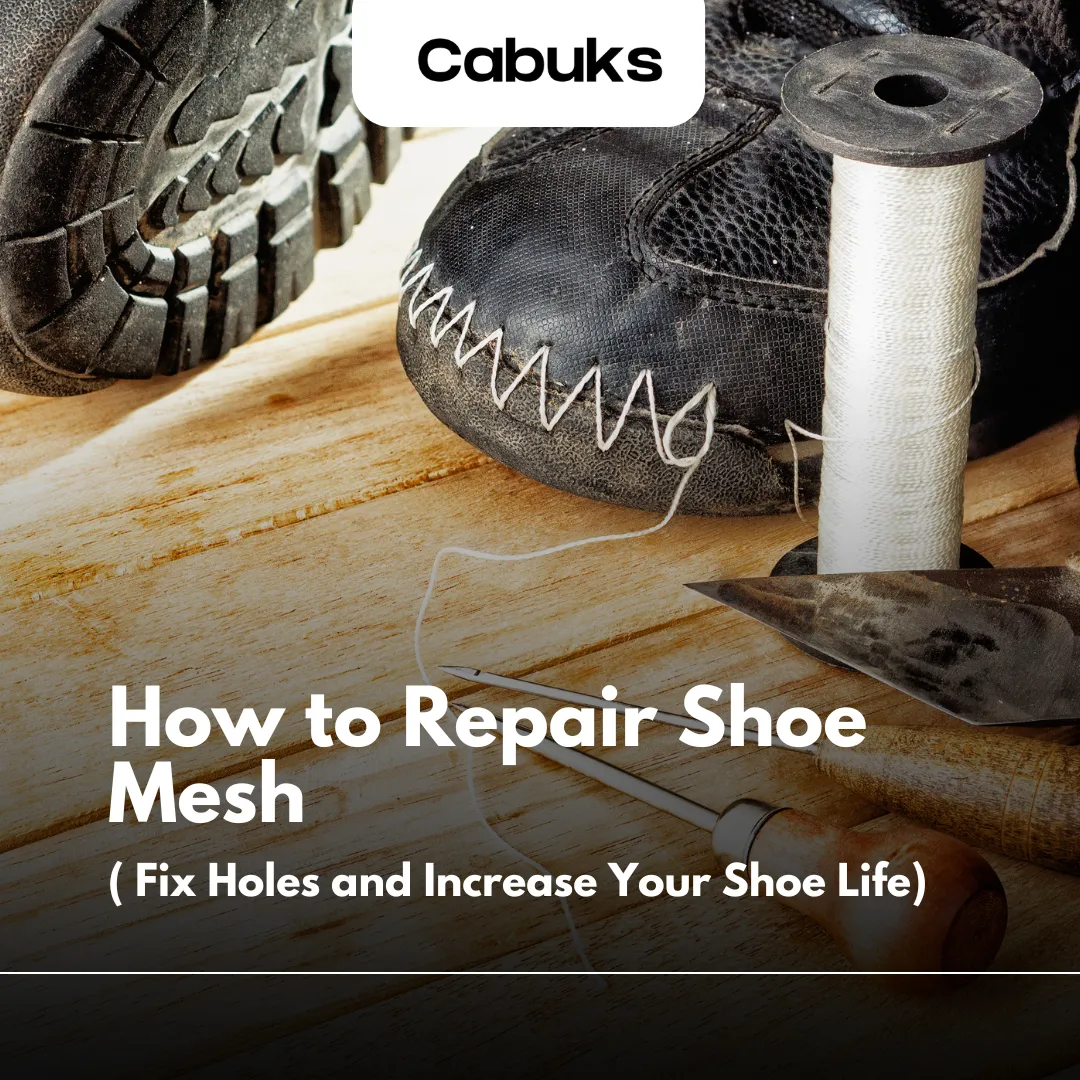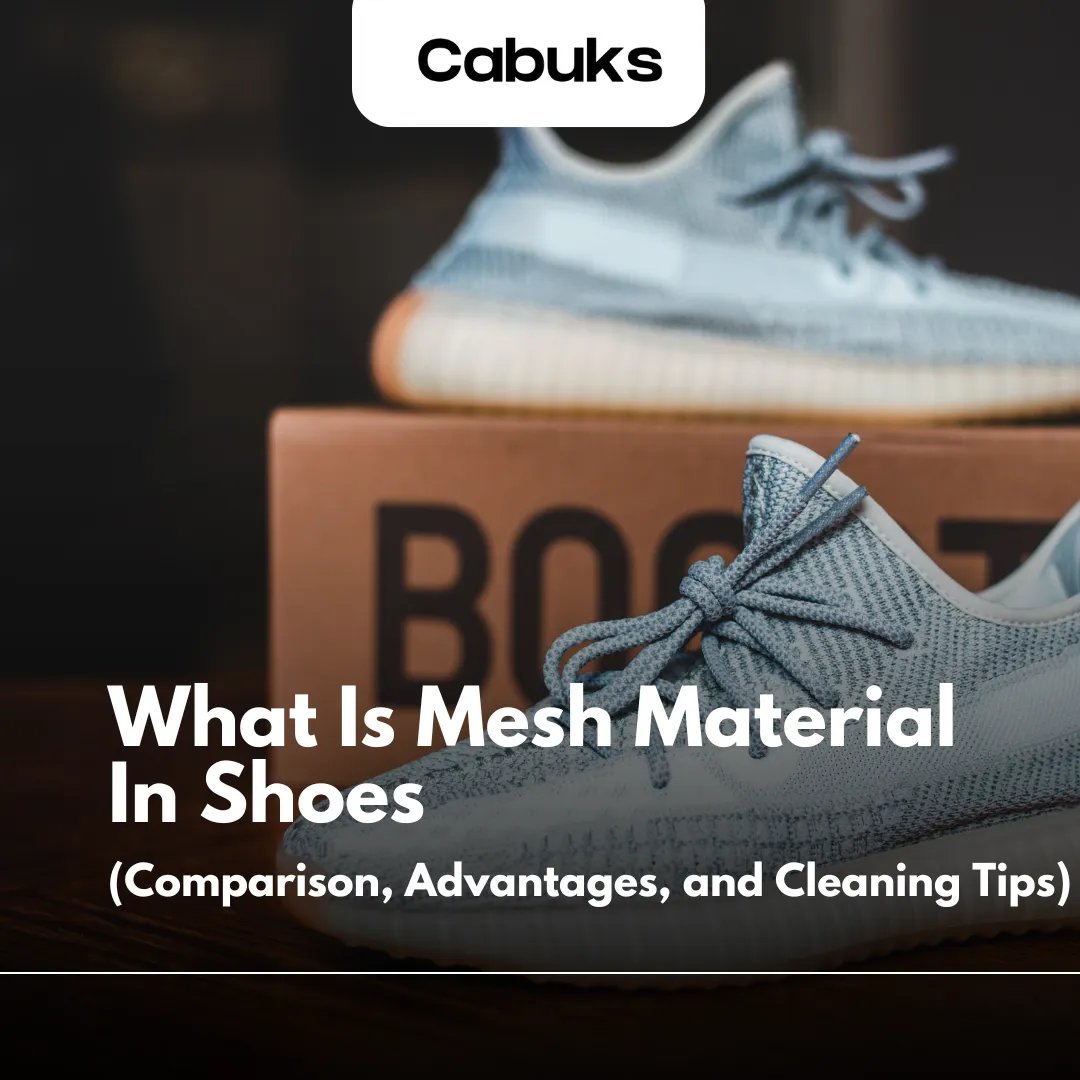Shoe bite is a common discomfort experienced by many people when new or ill-fitting shoes rub against the skin, causing pain, blisters, or sores. This issue often affects areas like the heels, toes, or sides of the feet.
Cabuks, a leading multivendor footwear marketplace, believes in offering shoes that provide both style and comfort. Our diverse collection, featuring shoes from trusted and verified brands, ensures that you can avoid painful shoe bites while looking your best for any occasion.
What Is Shoe Bite
Shoe bite refers to a painful blister or sore that occurs due to continuous friction between the shoe and the skin. This common issue is often experienced when wearing new or ill-fitting shoes, causing discomfort and pain, especially around the heels and toes.
Symptoms of Shoe Bite
The symptoms of a shoe bite are easy to recognize. They include:
- Pain in the affected area.
- Redness or irritation on the skin.
- Swelling that may develop into blisters if left untreated. These signs typically appear after wearing shoes that rub against the skin for an extended period, making walking or standing uncomfortable.
Causes of Shoe Bite
A shoe bite usually occurs when the shoes are too tight or poorly fitted, leading to constant rubbing between the shoe and your skin. Here are some key causes:
- Ill-fitting shoes that are either too loose or too tight.
- Wearing new shoes that haven’t been broken in yet.
- Shoes are made from stiff materials that don’t adapt to your foot’s shape. Repeated friction in such cases leads to the formation of painful sores.
Why Shoe Bite Happens
A shoe bite is a common problem that occurs when your footwear causes irritation or painful blisters on the skin. There are several reasons why this happens, and understanding them can help you avoid discomfort.
- Tight or Loose Footwear
When shoes are too tight, they press against the skin, leading to friction and ultimately, painful blisters. On the other hand, loose shoes can cause your foot to slip and slide within the shoe, creating excessive rubbing against the skin. This constant friction results in irritation, leading to shoe bites.
- New or Unbroken-In Shoes
Wearing new shoes or shoes that haven’t been broken in properly is another major cause of shoe bites. The material of new shoes is often stiff, and it takes time for the shoes to mold to your foot’s shape.
- Old Shoes
Surprisingly, old shoes can also cause shoe bites. As shoes age, they lose their original shape and support, which can lead to uneven pressure on different parts of your foot. If an old shoe becomes too loose or develops rough areas, it can lead to friction, causing the same painful result as new, unbroken-in shoes.
- Foot Shape, Skin Sensitivity, and Footwear Choices
Some people are more prone to shoe bites due to their foot shape or skin sensitivity. For example, individuals with high arches or wider feet might experience more pressure in certain areas, making them more susceptible to blisters.
Personal footwear choices also play a role. Opting for shoes made from hard or synthetic materials, or those without adequate cushioning, increases the risk of developing a shoe bite.
Cabuks understands the importance of finding the right fit and comfort for every individual. Our platform offers a wide variety of shoes, ensuring that you can choose footwear that suits your needs and prevents uncomfortable shoe bites.
What Does A Shoe Bite Look And Feel Like?
- Physical Appearance: A shoe bite typically appears as a red, irritated patch of skin, often accompanied by blisters or small open sores. These can occur around the toes, heels, or sides of the feet, where the shoe repeatedly rubs against the skin. In severe cases, the area may swell, turning into a painful raised bump. These red marks can linger for days and often take time to heal.
- Symptoms: The most common symptom of a shoe bite is pain, especially when walking or standing. There’s often a sensation of itching, burning, or even a raw feeling in the affected area. As the irritation continues, a small blister may form, which, if left untreated, can break open, leading to further discomfort.
- Frequency: Shoe bites are a common occurrence, especially when wearing new or poorly fitting shoes. The friction between the foot and the shoe, particularly when the shoe is too tight or the material is stiff, is what causes shoe bites. This issue can happen frequently with shoes that haven’t been broken in or are made from less flexible materials.
At Cabuks, we offer footwear options from trusted and verified brands, ensuring a better fit to help avoid common problems like shoe bites.
How To Heal A Shoe Bite?
A shoe bite happens when ill-fitting or tight shoes cause friction on your skin, leading to painful blisters or sores. To heal a shoe bite, it’s important to first cleanse the affected area with mild soap and water to avoid infection.
Applying an antiseptic cream and covering the area with a bandage helps to protect the skin. Home remedies like aloe vera gel or coconut oil can soothe the pain and promote healing. It’s also advisable to give your feet time to rest and avoid wearing the same shoes until the bite has healed.
How To Remove Shoe Bite Marks?
Shoe bite marks can be painful and irritating. To remove shoe bite marks, you can try simple home remedies like applying aloe vera gel or coconut oil to reduce inflammation and heal the skin faster.
Massaging with ice cubes or using antiseptic creams also helps soothe the area. To prevent future shoe bites, make sure your shoes fit properly and consider wearing cushioned pads.
How To Prevent Shoe Bite?
A shoe bite happens when shoes are too tight, causing friction and pain on your feet. To prevent shoe bites, follow these simple tips:
- Wear the right size: Make sure your shoes fit well and aren’t too tight or loose.
- Use cushions or pads: Apply gel cushions or foam pads in areas that rub against your feet.
- Break in your shoes: Wear new shoes around the house to soften them before wearing them outside.
Can A Shoe Bite Get Infected?
Yes, a shoe bite can get infected if not treated properly. The warning signs of infection include pus, increased redness, warmth around the blister, and pain. If ignored, swelling can occur, making the area more painful and difficult to heal.
It’s important to treat shoe bites early to avoid complications. If the shoe bite persists for more than a few days, or if you notice signs of infection, it’s best to see a doctor to prevent it from getting worse.
How Long Does A Shoe Bite Last?
A shoe bite typically heals in 3-7 days, but this can vary depending on the severity. If it’s a mild bite, it may heal faster, while more severe bites can take longer and may require medical treatment.
Factors affecting duration include the depth of the bite and how quickly you start caring for it. Proper care can prevent infection and speed up recovery.
Faster healing tips include using ointment regularly, keeping the area clean, and wearing well-fitted shoes to avoid further irritation.
How Do You Treat Shoes That Cause Biting?
Experiencing shoe bites can be uncomfortable and even painful, but there are effective ways to treat and prevent this issue. Understanding why shoe bites happen is essential in finding the right solutions.
- Softening the Shoe Material
One of the primary reasons for shoe bites is stiff material. To alleviate discomfort, consider softening the shoe interior.
- Leather Conditioners: Apply a high-quality leather conditioner to soften the leather, making it more pliable and comfortable.
- Sprays: Specialized shoe softening sprays can also help relax the material, reducing the chances of irritation.
- Adding Comfort
Enhancing the comfort of your shoes can significantly reduce friction and prevent shoe bites.
- Cushioned Insoles: Investing in cushioned insoles can provide extra padding, reducing pressure on your feet.
- Gel: These can be placed at specific points inside the shoe to create a barrier between your foot and the shoe material, helping to minimize friction.
- Consider Professional Stretching
If the above methods don’t provide relief, consider taking your shoes to a cobbler for professional adjustments.
- Professional Stretching: A cobbler can stretch specific areas of the shoe to alleviate tight spots, making them more comfortable to wear. This can be particularly effective for shoes that cause biting due to poor fit.
Frequently Asked Questions About What Is Shoe Bite
Shoe bites can be painful blisters or sores caused by friction between the foot and the shoe, often occurring when shoes are too tight or made of hard materials.
To relieve shoe bites, apply a cold compress to the affected area, use aloe vera gel or apply an antibiotic ointment to ease pain and prevent infection.





